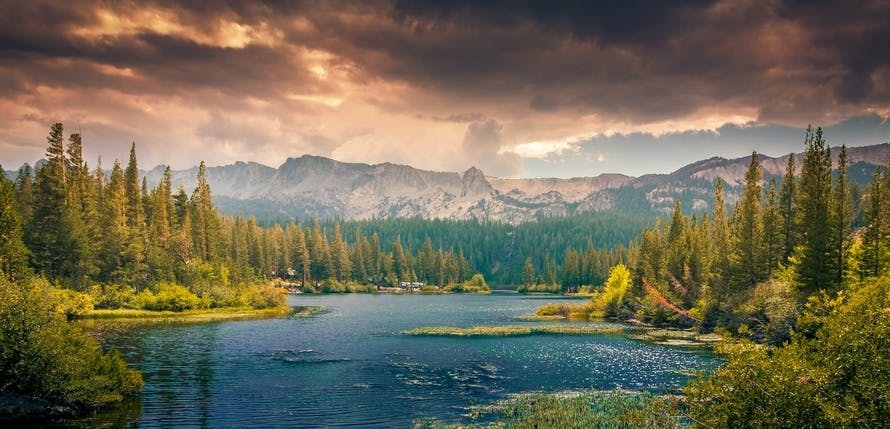Now that Project 1 is over and done with it is time to move onto Project 2. Below I have found three examples of opinionated public speech related to the environment and have analyzed the author/audience/context for each.
- Author/Speaker: In this hour and a half documentary, Michael J. Murphy focuses on the Chemtrail Conspiracy Theory. Murphy runs his own blog and is a heavily invested Chemtrail activist. From the information on his Facebook page, it would appear that he currently resides in Los Angeles, California. Most of his posts are related to either chemtrails or geoengineering and he appears to be fairly biased. Considering the fact that he believes in a conspiracy theory, it is hard to judge whether or not he is truly credible.
 |
| York, Chelsea. Screenshot from my computer. 9/26/2015 via Facebook. |
- Audience: The primary audience seems to be those interested in potential conspiracy theories or the effects of geoengineering. Throughout the documentary the people involved continually mention things like "They're doing this to us" or "They don't care about us". The they they are referring to is the government, and the members believe that the government is lying to us. This documentary is definitely aimed more towards those with a disdain for the government and for those who believe in conspiracy theories.
- Context: The documentary was published to YouTube channel Justin Wallis on December 20, 2010. YouTube is a media outlet where anyone is free to upload just about anything they want. The video came about after some scientists noticed that chemtrails weren't fading away, even though they should have. This observation led Murphy and other individuals to believe that the government was the cause of these problems. Murphy has focused on Chemtrails for many years now, and seems well-versed in the subject.
 |
| York, Chelsea. Screenshot from my computer. 9/26/15 via slate.com |
- Author/Speaker: Eric Holthaus is a meteorologist who writes about weather and climate for Slate. The fact that he is a meteorologist and knows a lot about climate makes him a credible writer for topics about climate change. Most of the tweets from @EricHolthaus relate to climate issues or the environment. Holthaus currently resides in Fort Collins, Colorado and he seems to be heavily involved on current climate issues.
- Audience: Anyone who is invested in the Pope's opinions on societal issues or about the potential future of the world would be interested in this article. It seems that the article is emphasizing the importance of having a major political figure comment on what the world should do about climate change. Holthaus believes the Pope's actions were an important first step in the direction for a better future, and tries to portray that to the audience.
- Context: This article was posted on Slate on June 18,2015. Over the past few months there has been a significant increase in the number of articles related to climate change. A lot of this has likely stemmed from the fact that Pope Francis himself mentioned it in the 180 page letter released every year. It was the first time in history that the papal letter focused on something that wasn't so religious, and it was reverberated around the globe.
3. A Cheap and Easy Plan to Stop Global Warming
 |
| York, Chelsea. Screenshot from my computer. 9/26/15 via MIT Technology Review. |
- Author/Speaker: David Rotman is the editor of MIT Technology Review and spends a lot of his time thinking about what stories would be most valuable for his readers. In this current day and age, Rotman is especially interested in chemistry, economics, and materials science. He lives in Cambridge, Massachusetts, a place that publishes many scientific discoveries.
- Audience: The primary audience would appear to be those interested in learning more about an easy way to stop global warming. The fact that the article says stop and not combat is a giveaway that it is aimed more at those who are more interested in an immediate solution. By including global warming in the title, it makes the article open anyone. Majority of the world has realized by now that global warming does exist, and they are taking an interest in methods that could stop it.
- Context: This article was posted to MIT Technology Review on February 8, 2013. Although it is a couple of years old by this point, it is still relevant. After the creation of the film, "What in the World Are They Spraying" in 2010, geoengineering methods have exploded in popularity. The article goes into significant depth about what geoengineering is, whether or not it will be helpful, and what society should do about it.
Reflection:
After reading through the blogs of Casey and Mira, I feel like we all had one example of a rhetorical situation that was lacking in interest. Reading their posts made me realize that I could've put more effort into establishing credibility of the authors. Mira's post in particular brought this to my attention. Not only did she establish credibility on what the authors did for a living, but she even looked into the beliefs and effects the authors have had in society. While I do feel like my three texts would do well in a rhetorical analysis, I now realize that there is a clear winner. One of these texts is very opinionated, very in depth, and how the author is getting their point across is clear.





















